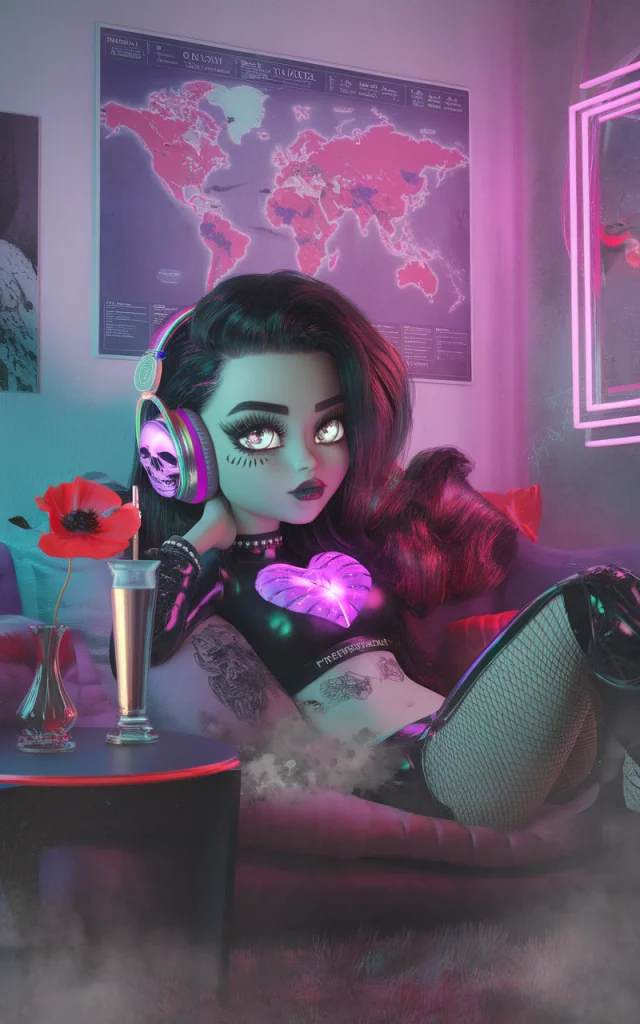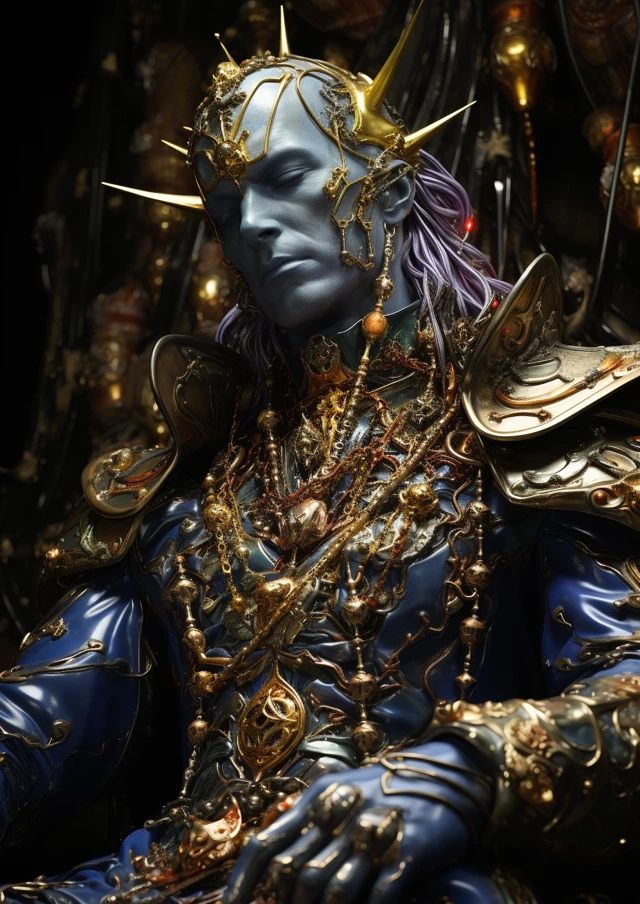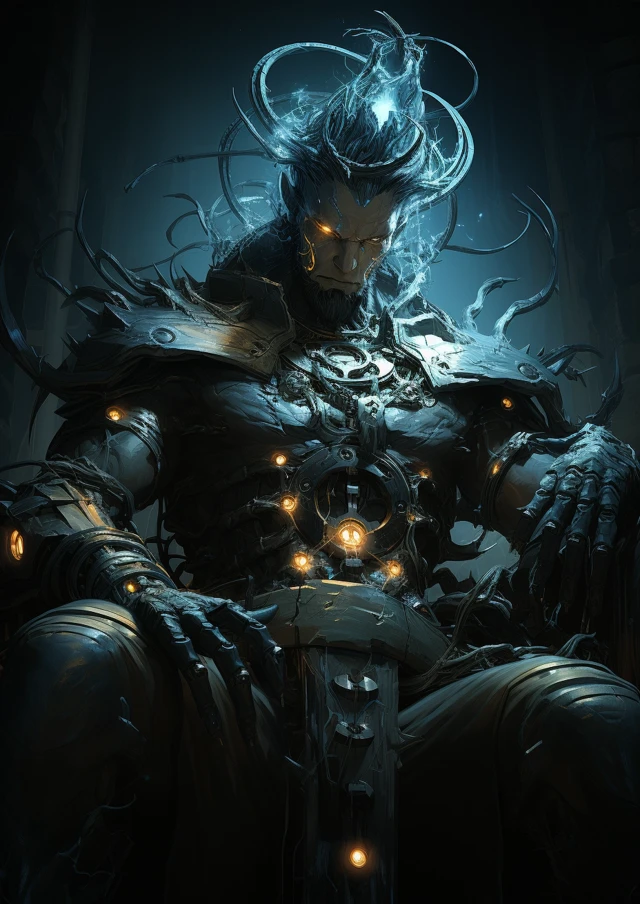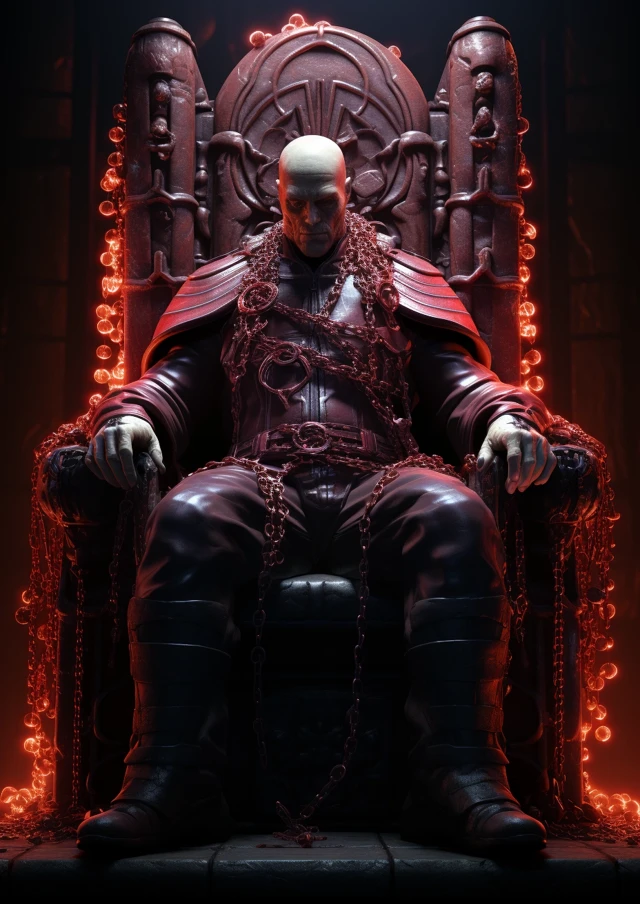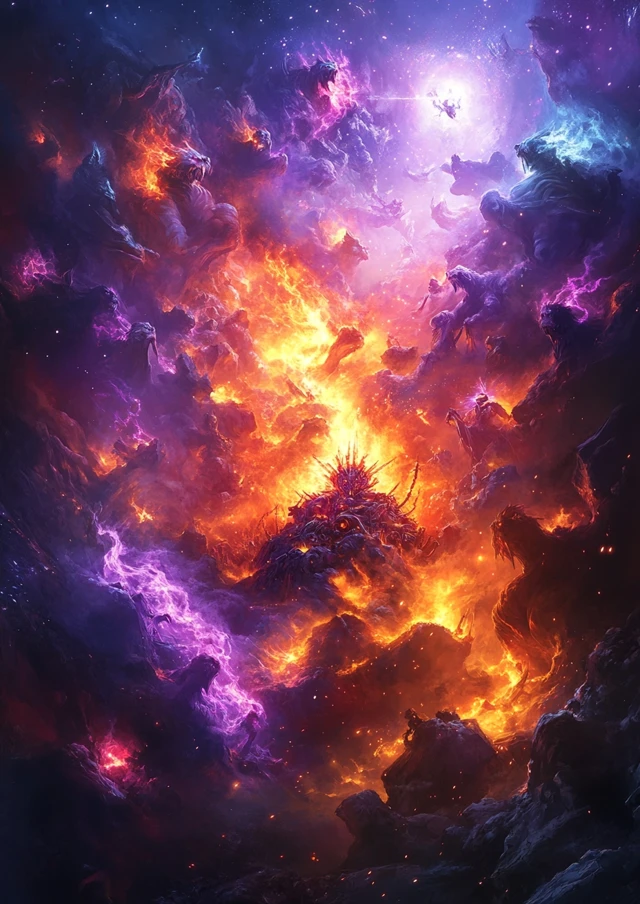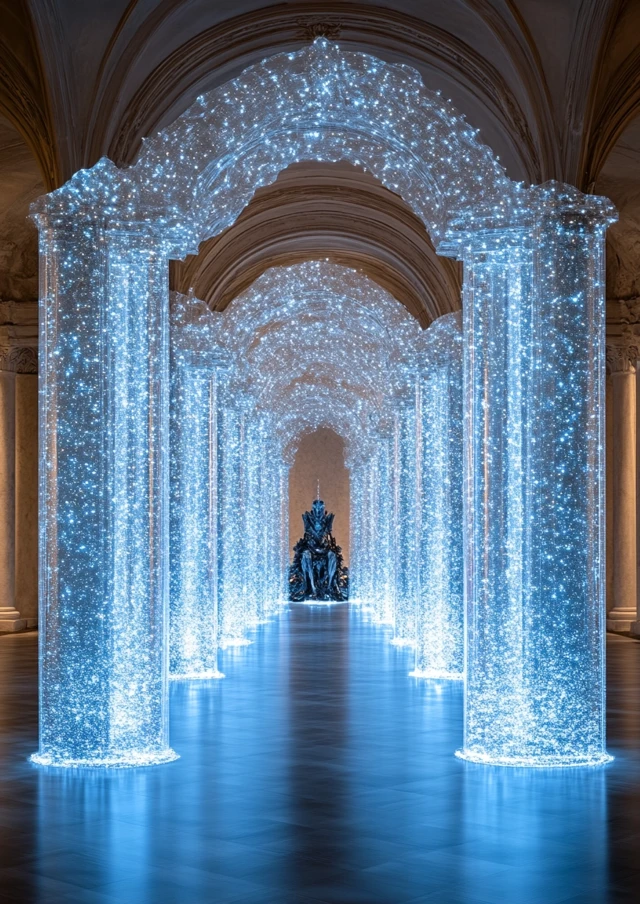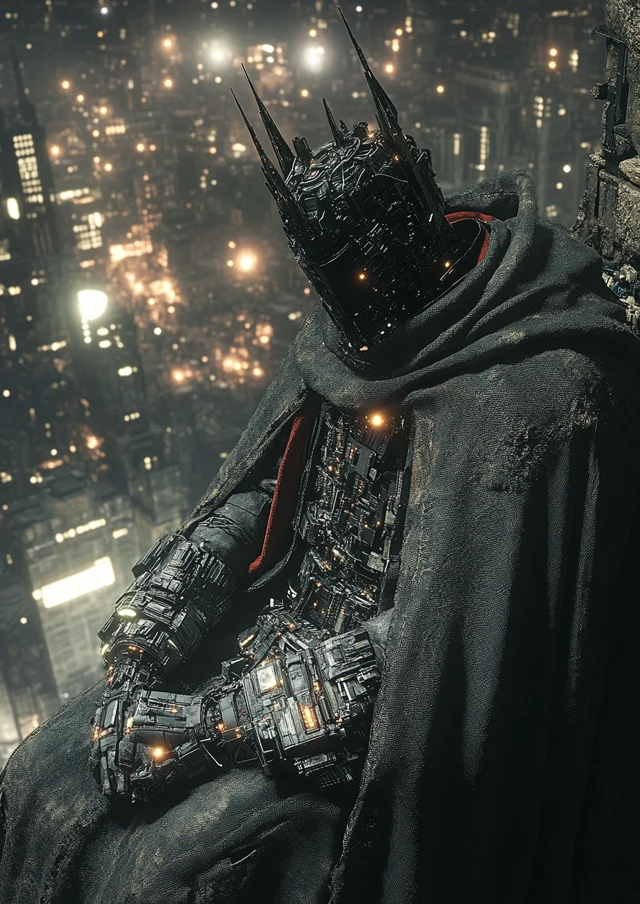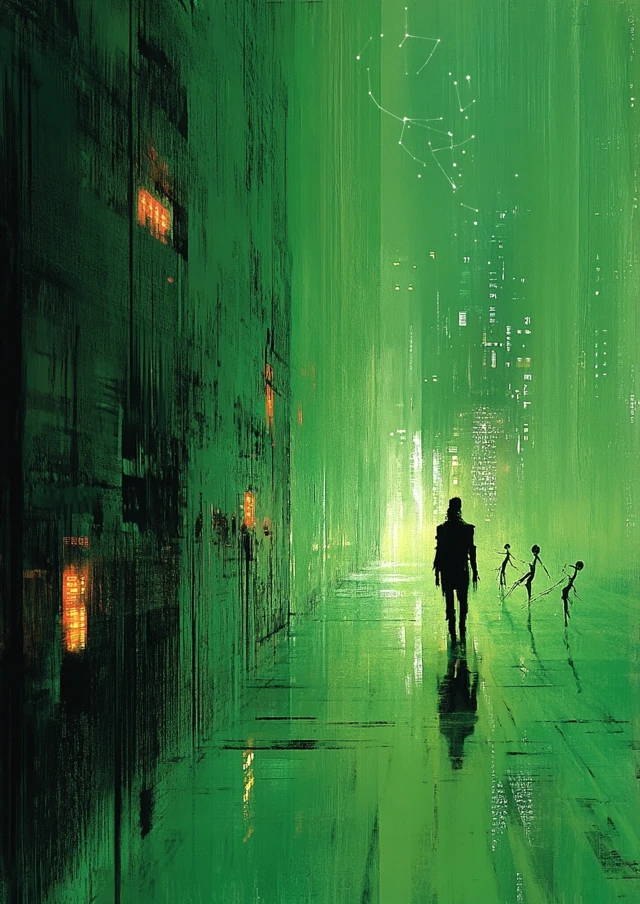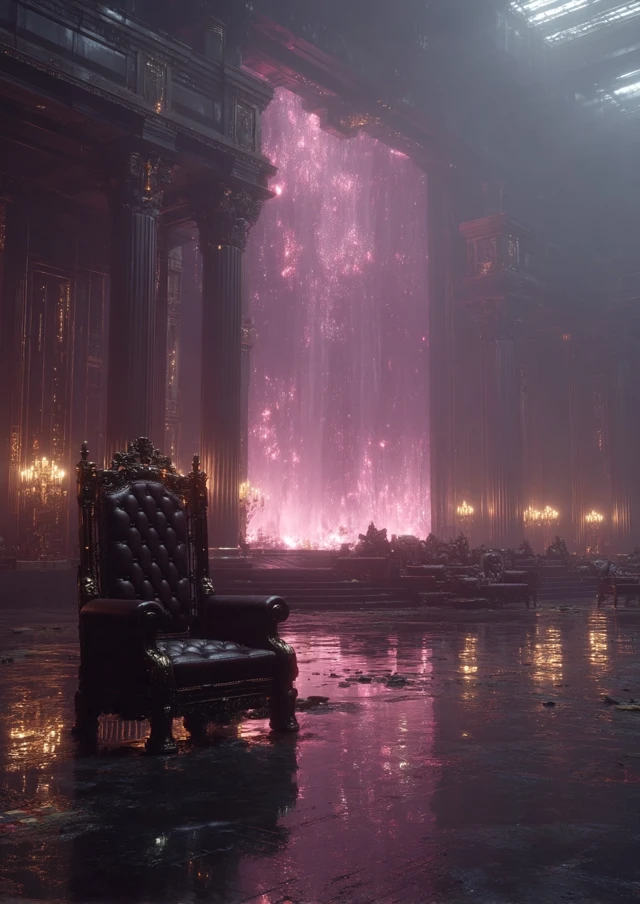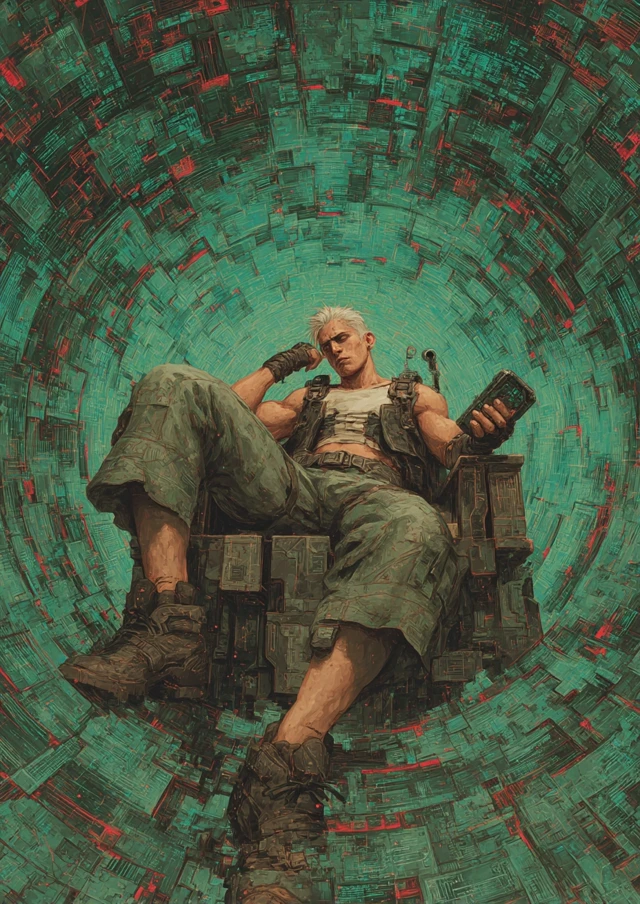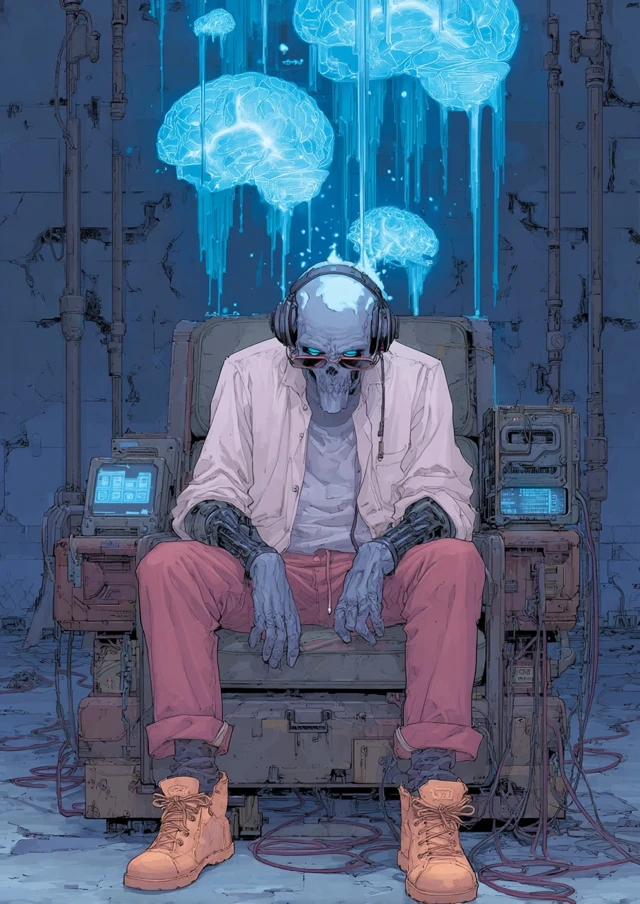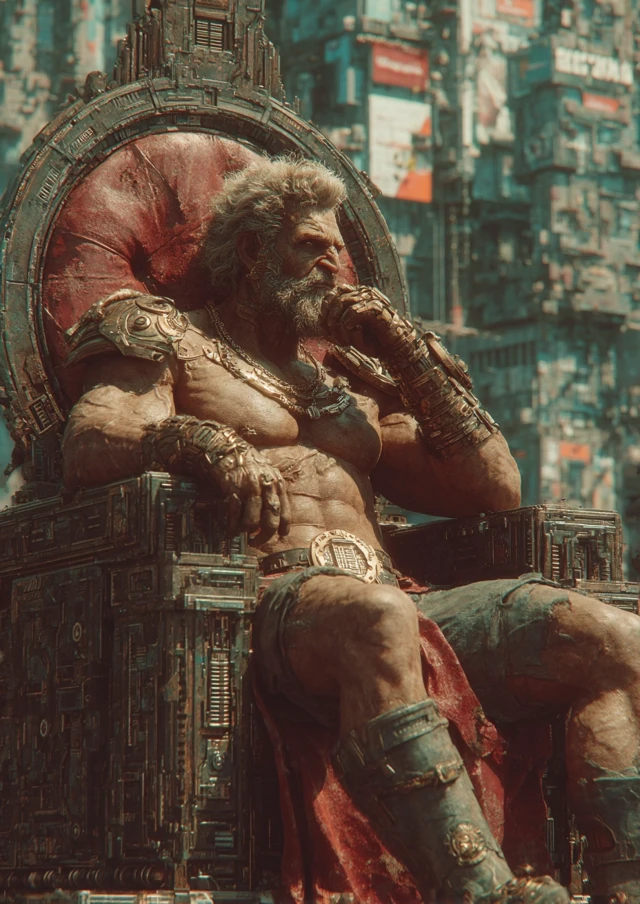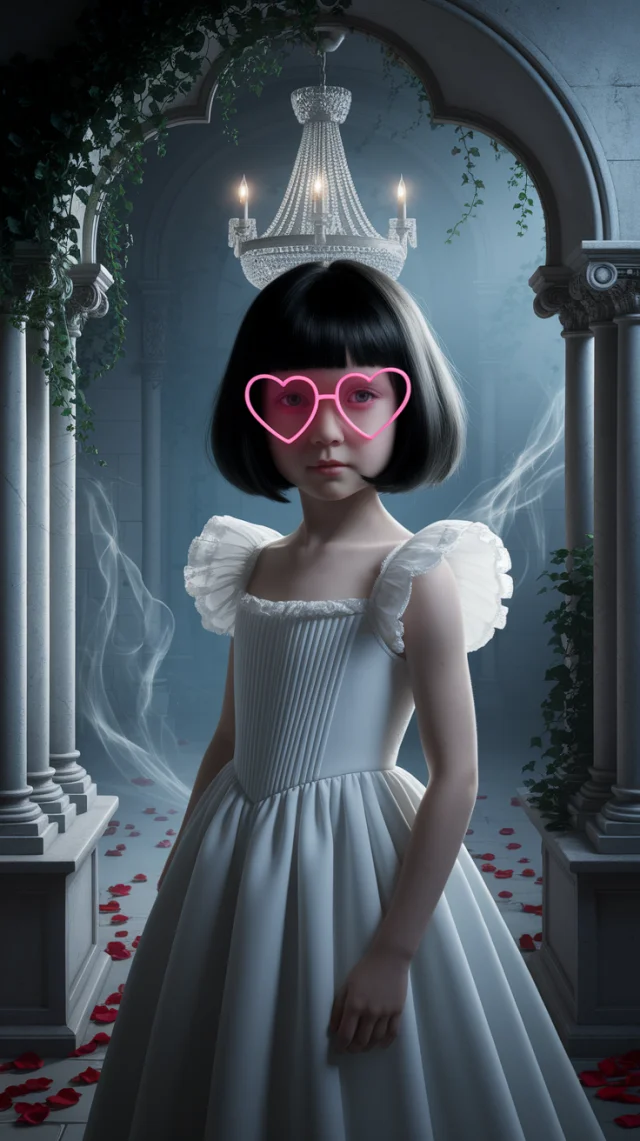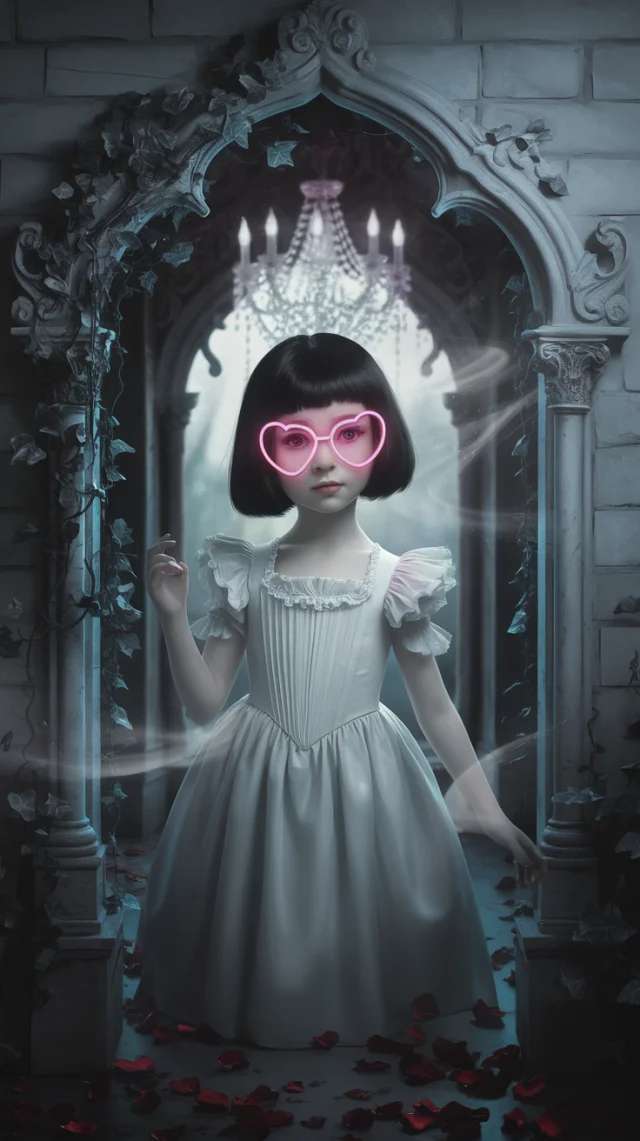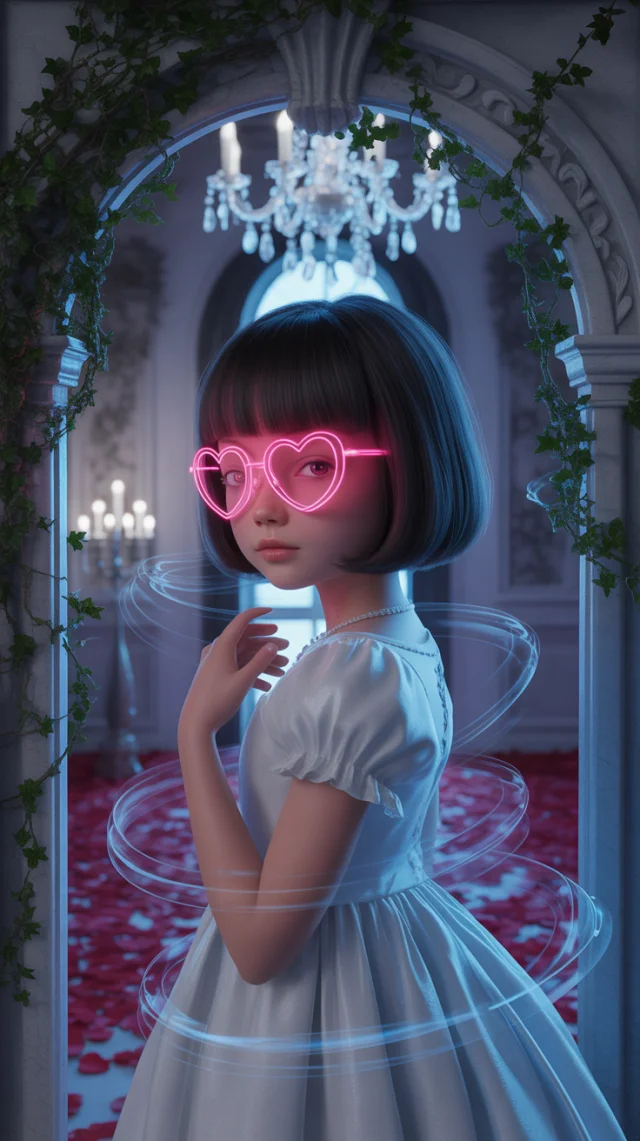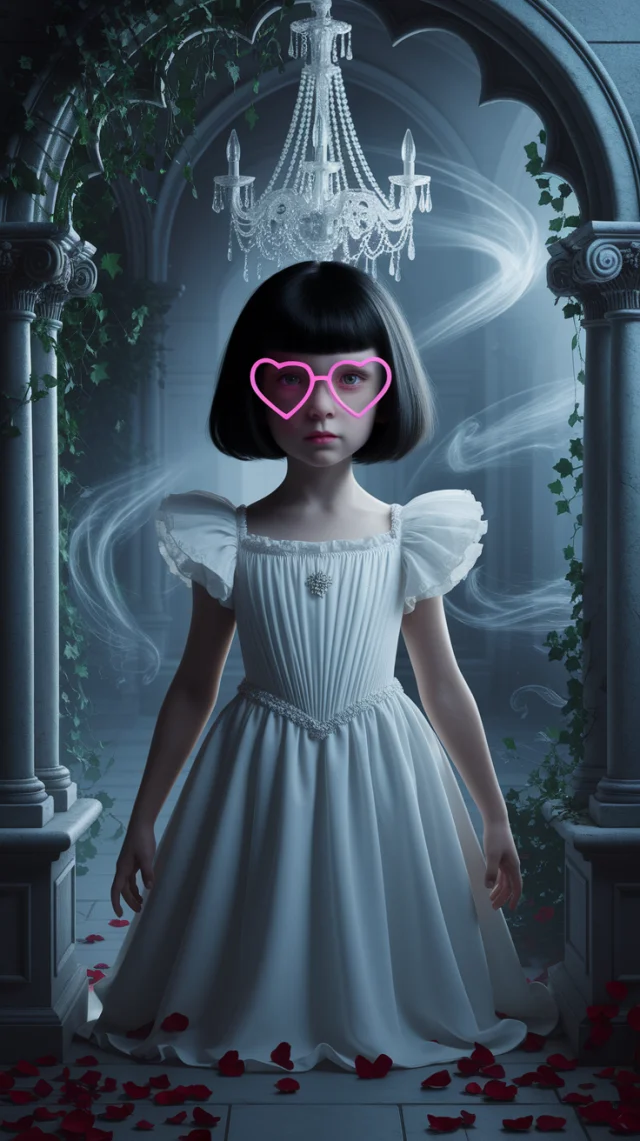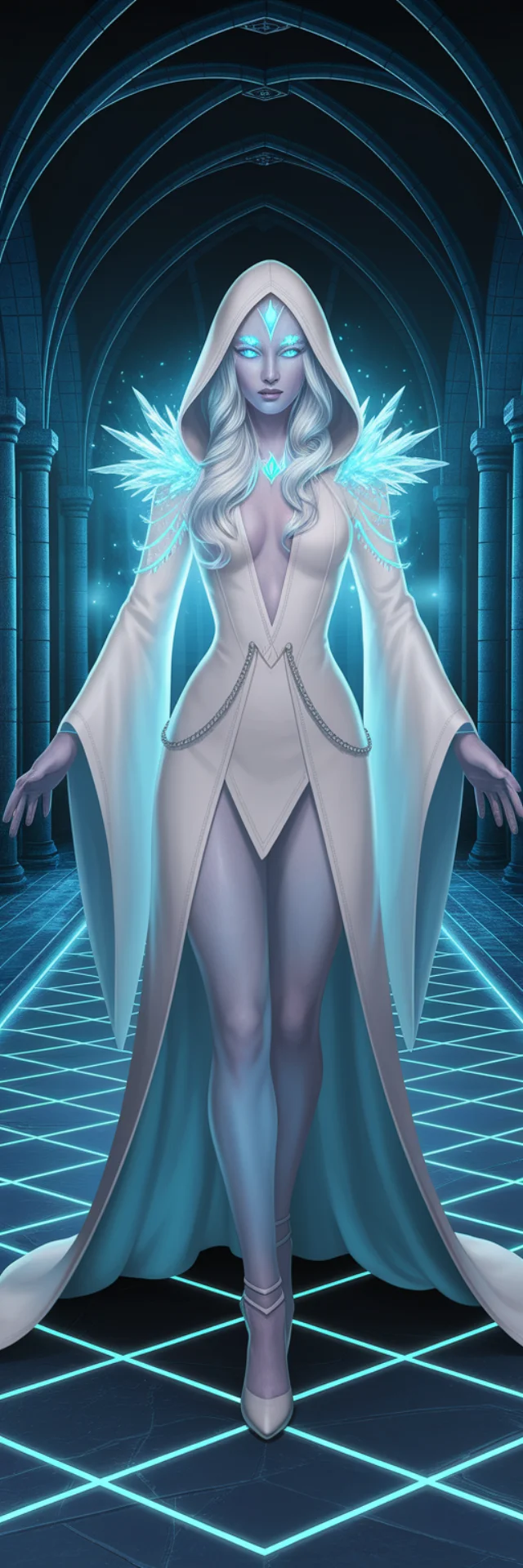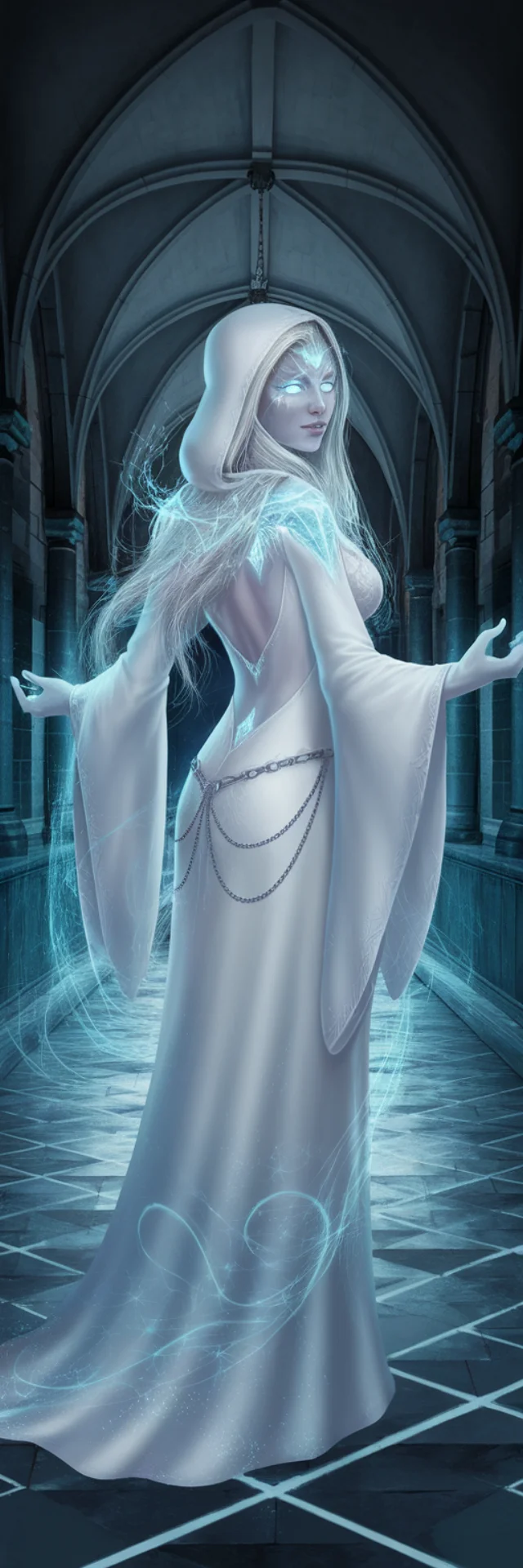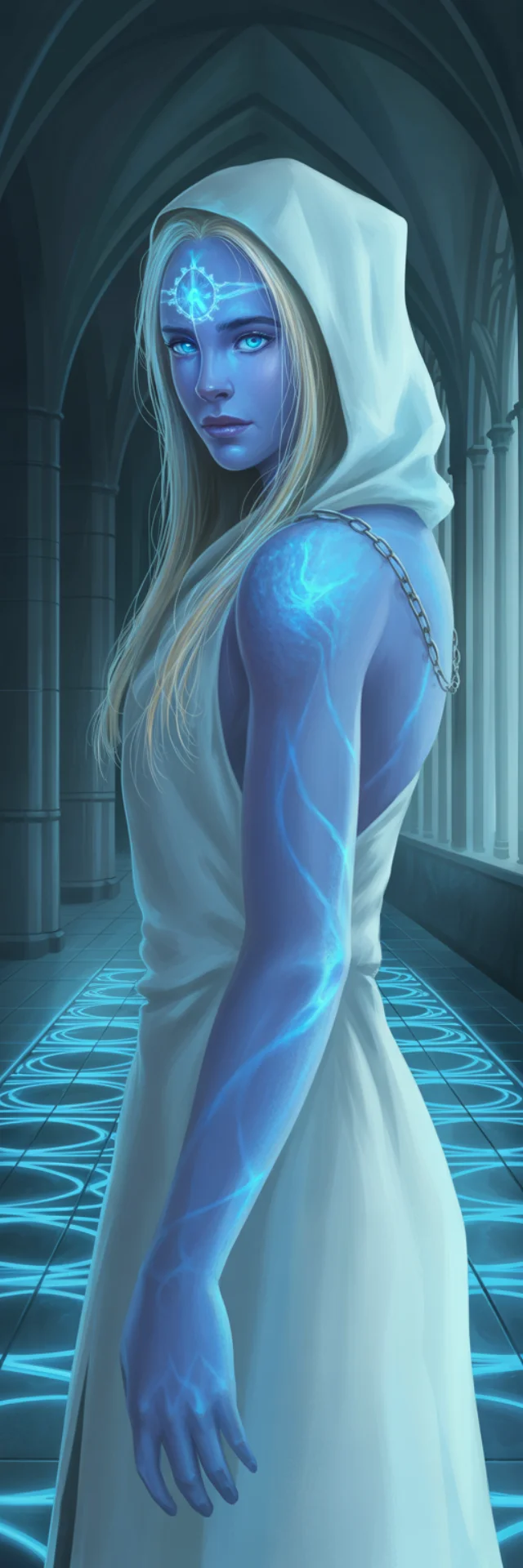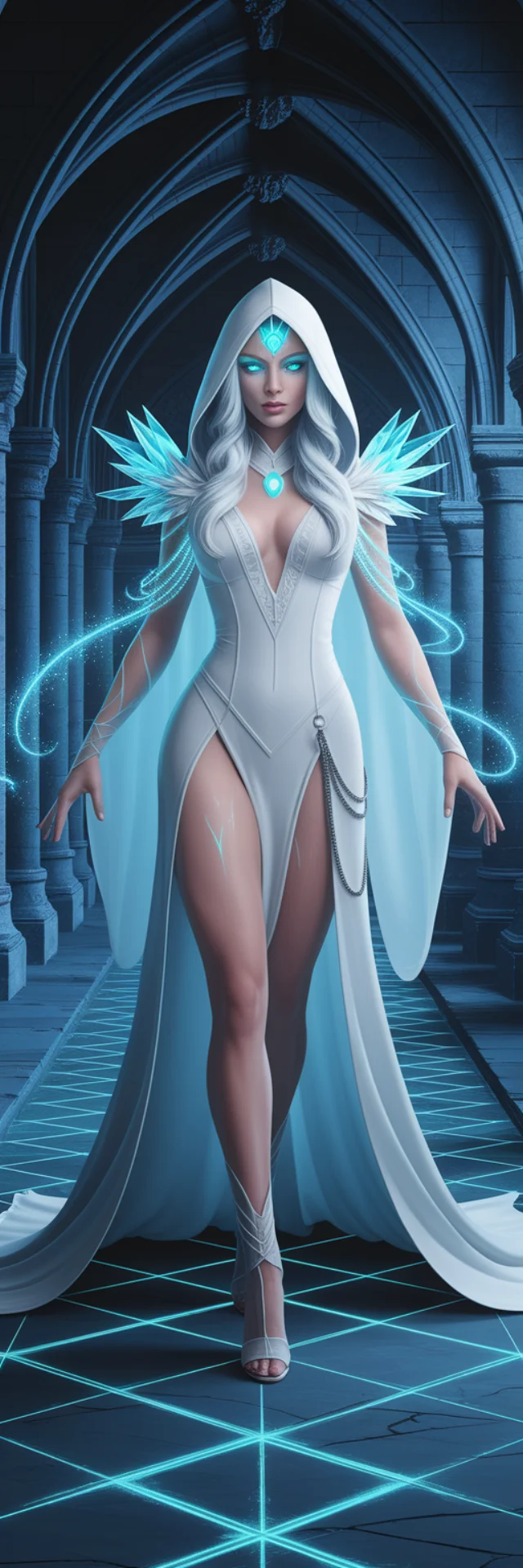Cyberpunk Hades: MidJourney’s Evolution of Digital Underworld
Hades as ruler of the digital underworld, on a throne of scrap metal and glowing circuits in a subterranean chamber where walls and floor warp as if being sucked into a void, with a three-headed cybernetic Cerberus whose heads are pulled apart by gravity, and holographic ghosts stretching and compressing, the constellation Draco shimmering in the chamberu2019s digital ceiling, distorted and coiling, dark fantasy, moody lighting with deep shadows, ultra-realistic. . --chaos 45 --ar 5:7 --stylize 500
Witness the remarkable transformation of Cyberpunk Hades across MidJourney versions 5.2, 6.1, and 7.0. Each iteration reveals distinctive approaches to visualizing the ruler of the digital underworld, from stylized fantasy art to hyper-realistic renderings. This comprehensive comparison showcases how MidJourney's AI has evolved in interpreting complex mythological concepts within cyberpunk aesthetics, highlighting significant improvements in coherence, detail, and artistic execution.
Visual Differences
MidJourney's evolution across versions reveals a fascinating progression in rendering Cyberpunk Hades. V5.2 produces more stylized, painterly interpretations with vibrant colors but less coherence. V6.1 strikes a middle ground, offering improved integration of mythological and technological elements with better defined characters and thrones. V7.0 delivers the most photorealistic results with cinematic quality, exceptional detail in cybernetic components, and superior lighting techniques that create genuinely imposing digital underworld environments. The progression shows significant improvement in anatomical accuracy, material rendering, and spatial coherence, particularly in how circuit elements and digital distortions are visualized.
Recommendation
MidJourney v7.0 demonstrates clear superiority for creating Cyberpunk Hades artwork, delivering the most compelling interpretation of the digital underworld ruler concept. Its exceptional detail rendering, material textures, and lighting create a convincing fusion of mythological gravitas and technological elements. For artists seeking photorealistic cyberpunk interpretations of classical mythology, v7.0 offers unparalleled capability in bringing the concept of a digital Hades to life with both technical precision and artistic vision.

